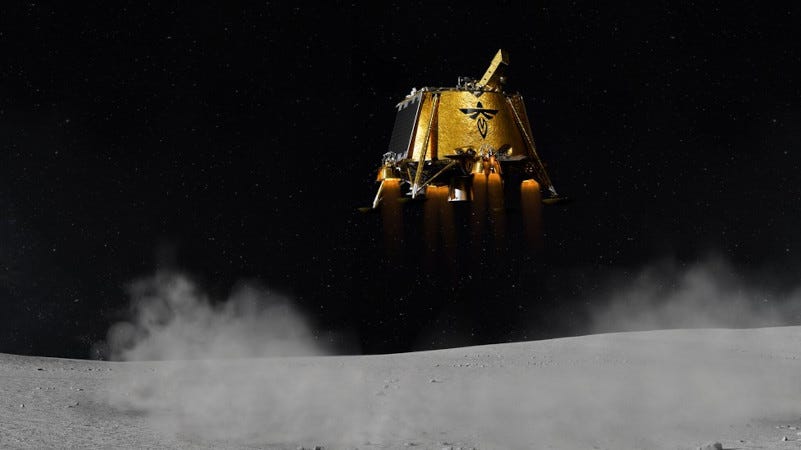Dealing with Dust on the Moon
Voyager Clear Dust-Repellent Coating Lands with Blue Ghost
A proprietary Clear Dust-Repellent Coating (CDRC) developed by Voyager Technologies landed on the Moon aboard Firefly's Blue Ghost lander March 2, after a nearly month-long lunar journey.
"The number of surfaces on Earth that are coated by dust daily, affecting performance and visibility, is astronomical, everything from windows to aircraft turbines and …
Keep reading with a 7-day free trial
Subscribe to The Journal of Space Commerce to keep reading this post and get 7 days of free access to the full post archives.



